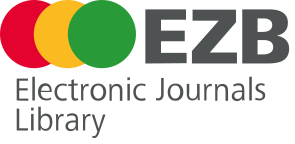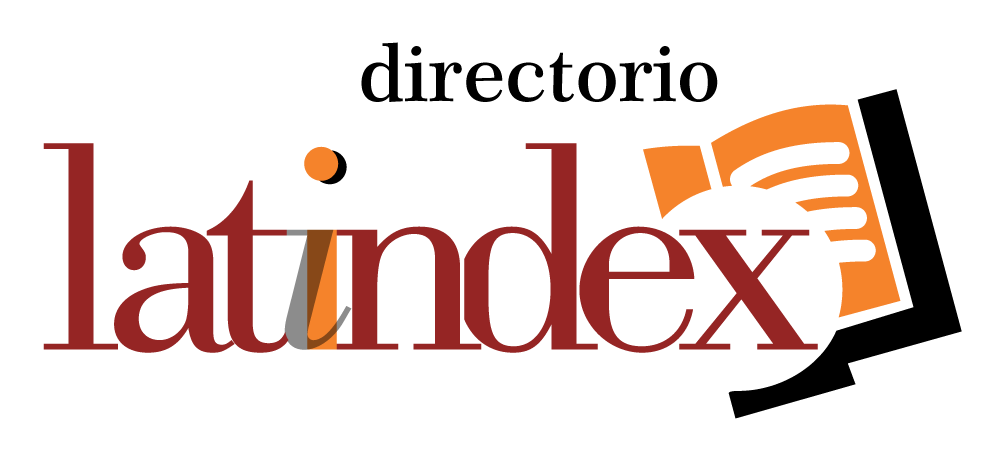Science, innovation and development for a healthy smile
DOI:
https://doi.org/10.56294/nds2025157Keywords:
Science, Innovation, Development, ImpactAbstract
Science, innovation, technology, and development will enable the well-being and quality of life that the population must achieve, taking into account the role played by Promotion and Prevention. The objective of the research was to evaluate the results of the research, development, and innovation project "For a Healthy Smile." Qualitative research was conducted from 2023 to 2025. Information was obtained from the project's semiannual report template and the evaluation of schedule compliance. The variables used during the research process were: social, scientific, and technological impact. The main results achieved were: positive changes in the knowledge of undergraduate and graduate students in the Dentistry program, as well as preschool students, schoolchildren, educators, and legal representatives. Hygiene and health activities with a participatory approach were implemented in different communities across the region. A training plan for student scientific work, a postgraduate improvement strategy, a strategy for fifth-year-old infants, a strategy for preschool infants, and an educational program for preschool infants were implemented. Participation in scientific events and publications in scientific journals by 100% of members. Websites on: potentially malignant lesions and cancer, oral health, healthy nutrition, primary dentition, and mouth breathing. The social, scientific, and technological results demonstrate significant value for the development of science, technology, and society in the region. The results of the "For a Healthy Smile" project can be evaluated as satisfactory.
References
1. Global, regional, and national incidence, prevalence, and years lived with disability for 354 diseases and injuries for 195 countries and territories, 1990–2017: a systematic analysis for the Global Burden of Disease Study 2017. Lancet. 2018; 392: 1789–1858. doi:10.1016/S0140-6736(18)32.
2. Bernabe E, Marcenes W et. al. Global, regional, and national levels and trends in burden of oral conditions from 1990 to 2017: A systematic analysis for the Global Burden of Disease 2017 study. J. Dent. Res. 2020; 99(4):362–73. doi: 10.1177/0022034520908533 DOI: https://doi.org/10.1177/0022034520908533
3. Centro Internacional de Investigaciones sobre el Cáncer, Observatorio Mundial del Cáncer. Lip, oral cavity, diciembre de 2020. Disponible en https://gco.iarc.fr/today/data/factsheets/cancers/1-Lip-oral-cavity-fact-sheet.pdf
4. Righolt AJ, Jevdjevic M, Marcenes W, Listl S. Global-, regional-, and country-level economic impacts of dental diseases in 2015. J. Dent. Res. 2018, 97(5):501-507. doi: 10.1177/0022034517750572. DOI: https://doi.org/10.1177/0022034517750572
5. Peres MA, Macpherson LMD, Weyant RJ, Daly B, Venturelli R, Mathur PR, et. al. Oral diseases: a global public health challenge. Lancet 2019; 394(10194):249–60. doi: 10.1016/S0140-6736(19)31146-8 DOI: https://doi.org/10.1016/S0140-6736(19)31146-8
6. Seitz MW, Listl S, Bartols A, Schubert I, Blaschke K, Haux C, et. al. Current Knowledge on Correlations Between Highly Prevalent Dental Conditions and Chronic Diseases: An Umbrella Review. Prev Chronic Dis. 2019, 16:180641. doi: 10.5888/pcd16.180641. DOI: https://doi.org/10.5888/pcd16.180641
7. Poma-Choque JT. El rol de la afectividad en la Educación Ambiental. Rev. Invest. Psicológica 2021; 25:101-112. Disponible en: http://www.scielo.org.bo/pdf/rip/n25/n25_a09.pdf
8. Puri S, Smriti K, Pentapati KC, Singh R, Vineetha R, Tamrakar A. Assessment of Awareness About Various Dental Waste Management Practices Among Dental Students and Practicing Clinicians. Pesquisa Brasileira Em Odontopediatria e Clínica Integrada. 2020. Disponible en: https://www.scielo.br/j/pboci/a/pPMmTZh94FT3yx5XH6hNSmN/?format=pdf&lang=en
9. Montano-Silva RM, Abraham-Millán Y, Reyes-Cortiña G, Silva-Vázquez F, Fernández-Breffe T, Diéguez-Mayet Y. Educational program “Healthy smile” for education preschool infants: knowledge on oral health. Community and Interculturality in Dialogue. 2024; 4:123. https://doi.org/10.56294/cid2024123 DOI: https://doi.org/10.56294/cid2024123
10. Montano-Silva RM, Abraham-Millán Y, Peña-Méndez A, Pérez-Cruz Y, Navarro-González E, Ricardo-Díaz LE. Educational program on oral health “Healthy smile”: knowledge and role of legal responsibilities and educators. Salud, Ciencia y Tecnología. 2024; 4:815. https://doi.org/10.56294/saludcyt2024815 DOI: https://doi.org/10.56294/saludcyt2024815
11. Pérez-Mota FA, Arbaje-Escovar IE. Utilización de opciones ecoamigables en las clínicas odontológicas para la reducción del impacto ambiental de los materiales desechables [tesis]. Santo Domingo: Universidad Iberoamericana; 2020. Disponible en: https://repositorio.unibe.edu.do/jspui/bitstream/123456789/265/1/170046_TF.pdf
12. Gil-Rodríguez A. Guía metodológica para la gestión ambiental: una propuesta cubana. Rev. Cubana Edu. Superior 2020; 39(2). Disponible en: http://scielo.sld.cu/pdf/rces/v39n2/0257-4314-rces-39-02-e13.pdf
Published
Issue
Section
License
Copyright (c) 2025 Rosa María Montano-Silva, Yoneisy Abraham-Millán, Aliana Peña-Méndez, Thalía Fernández-Breffe, Iraida Céspedes-Proenza, Jennifer de la Caridad Romero-Amaro (Author)

This work is licensed under a Creative Commons Attribution 4.0 International License.
The article is distributed under the Creative Commons Attribution 4.0 License. Unless otherwise stated, associated published material is distributed under the same licence.






